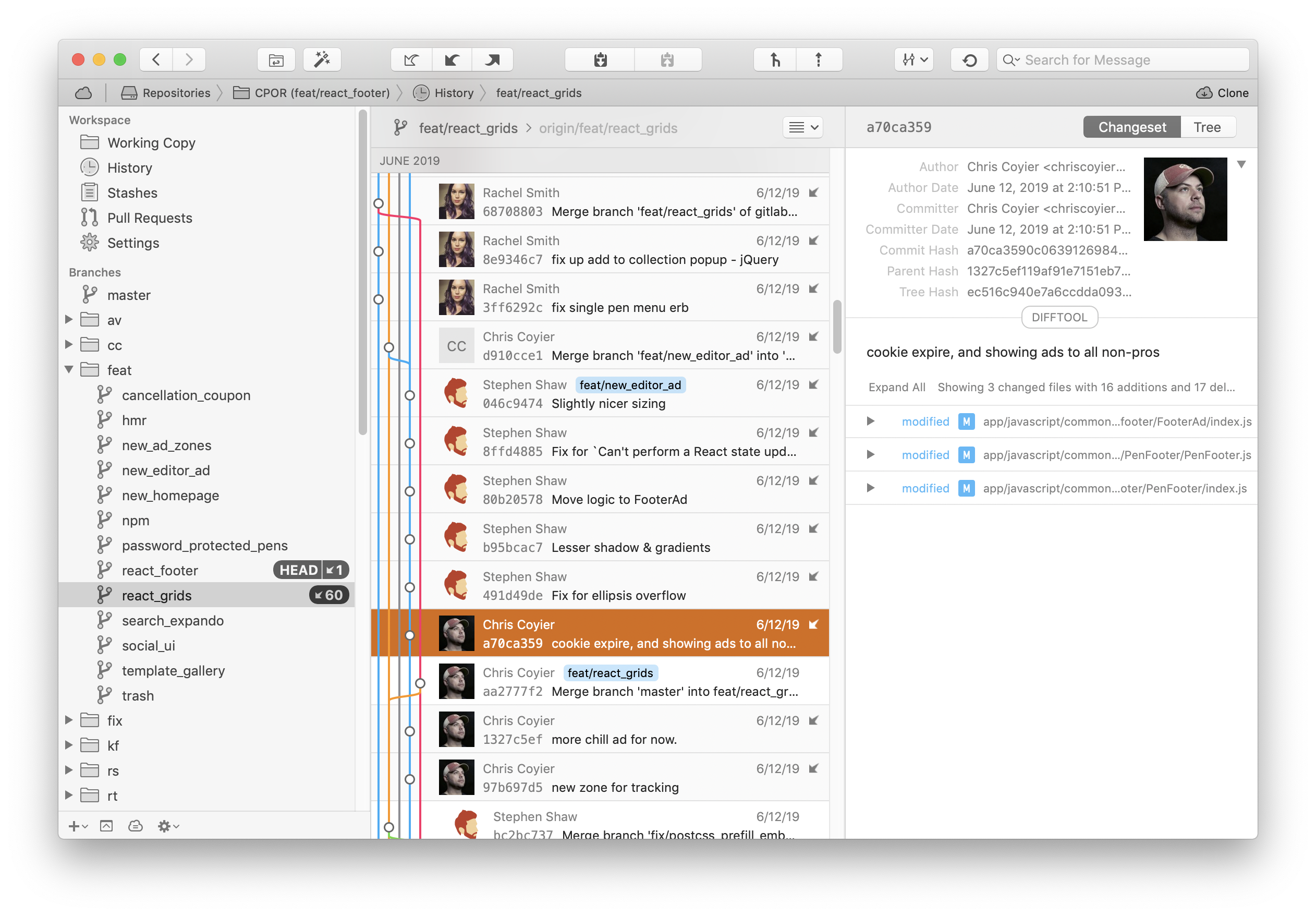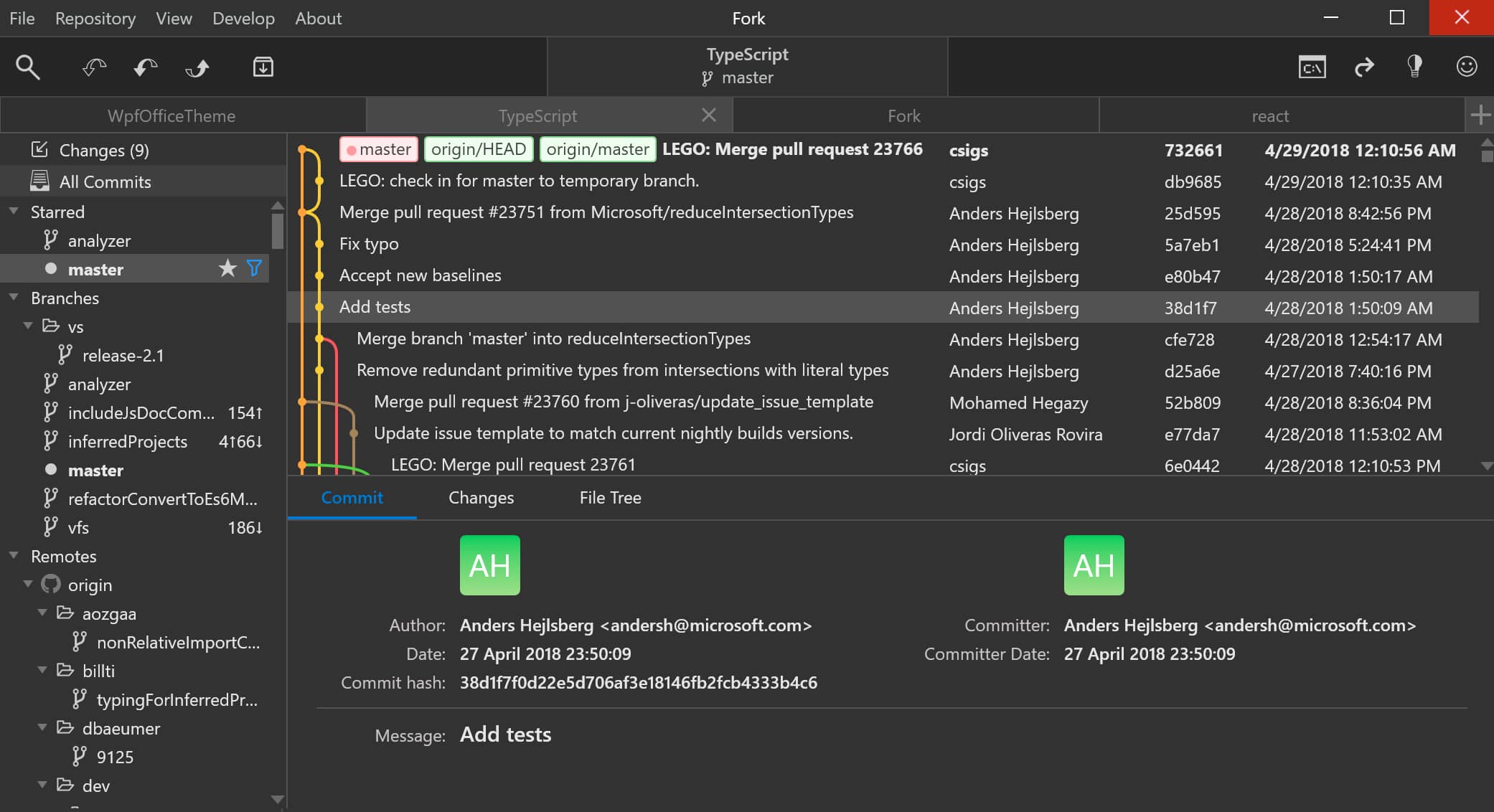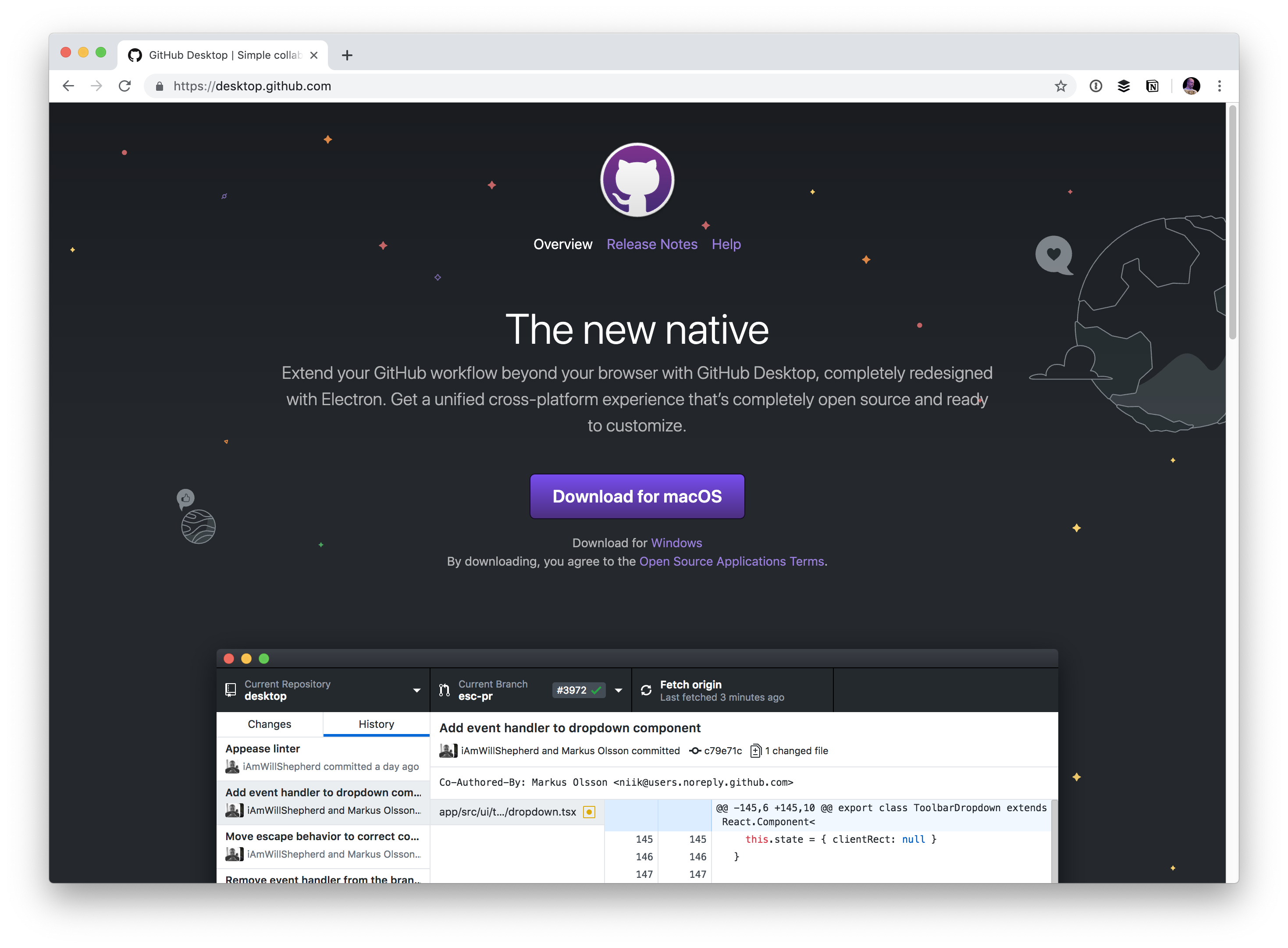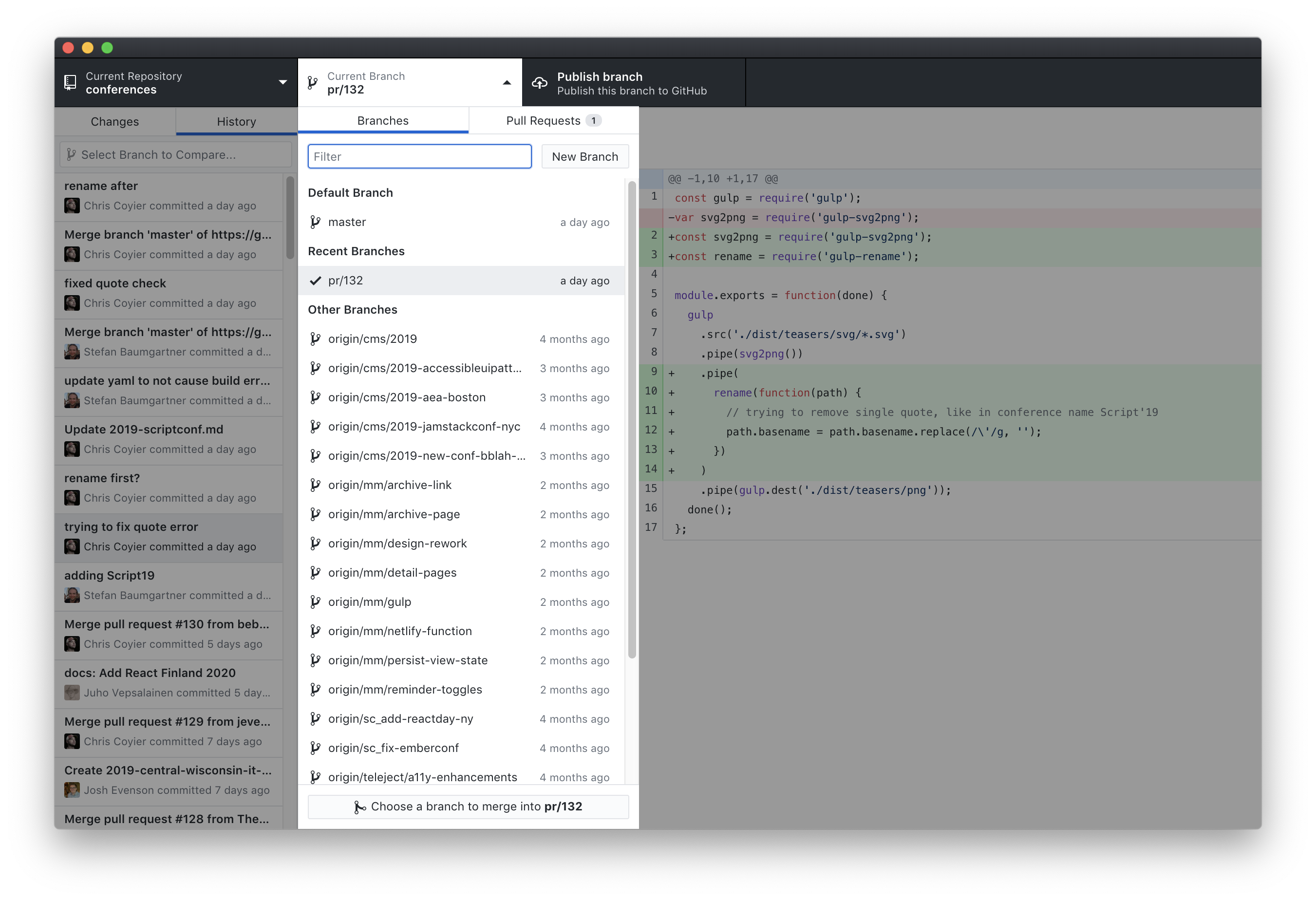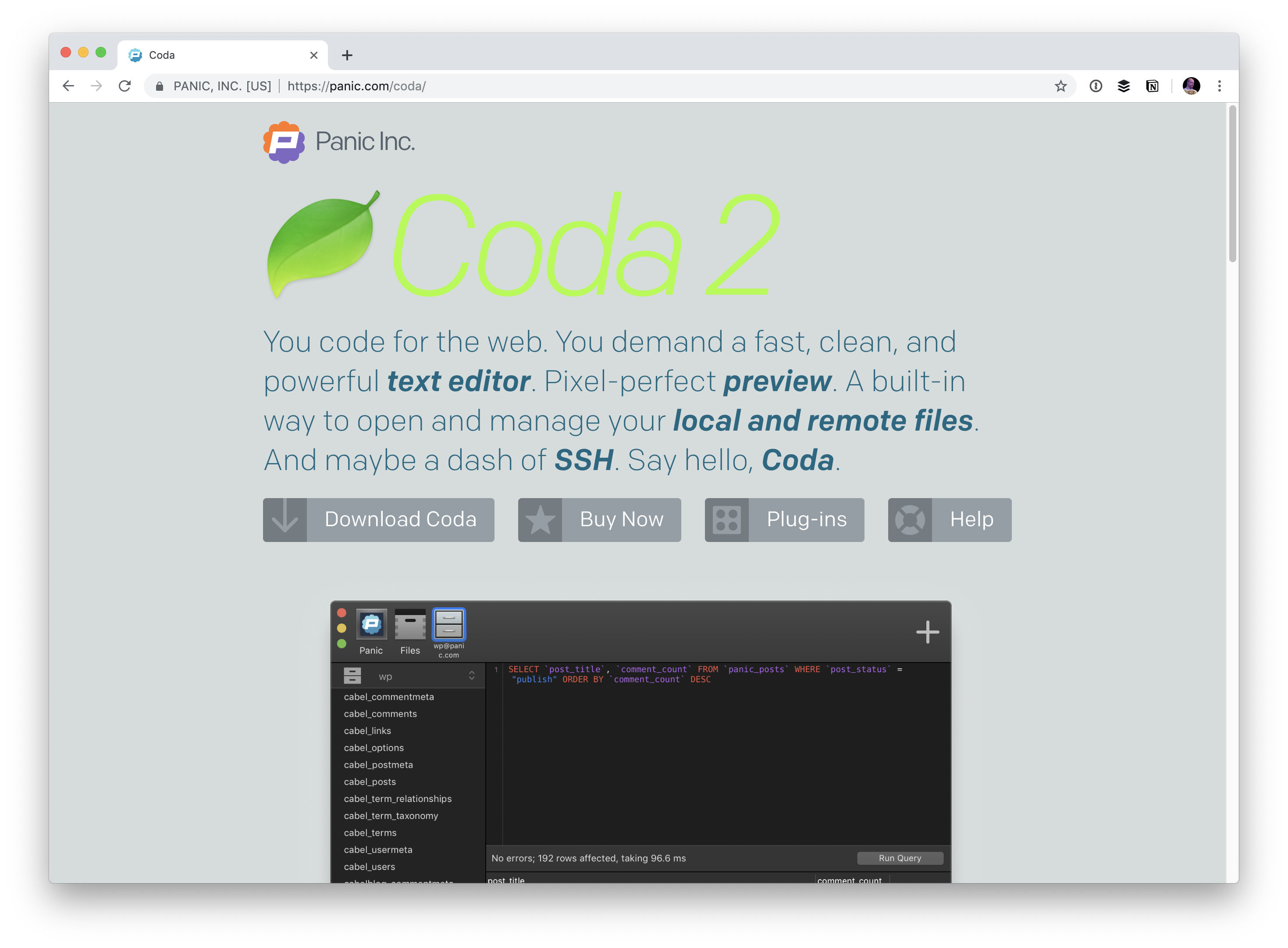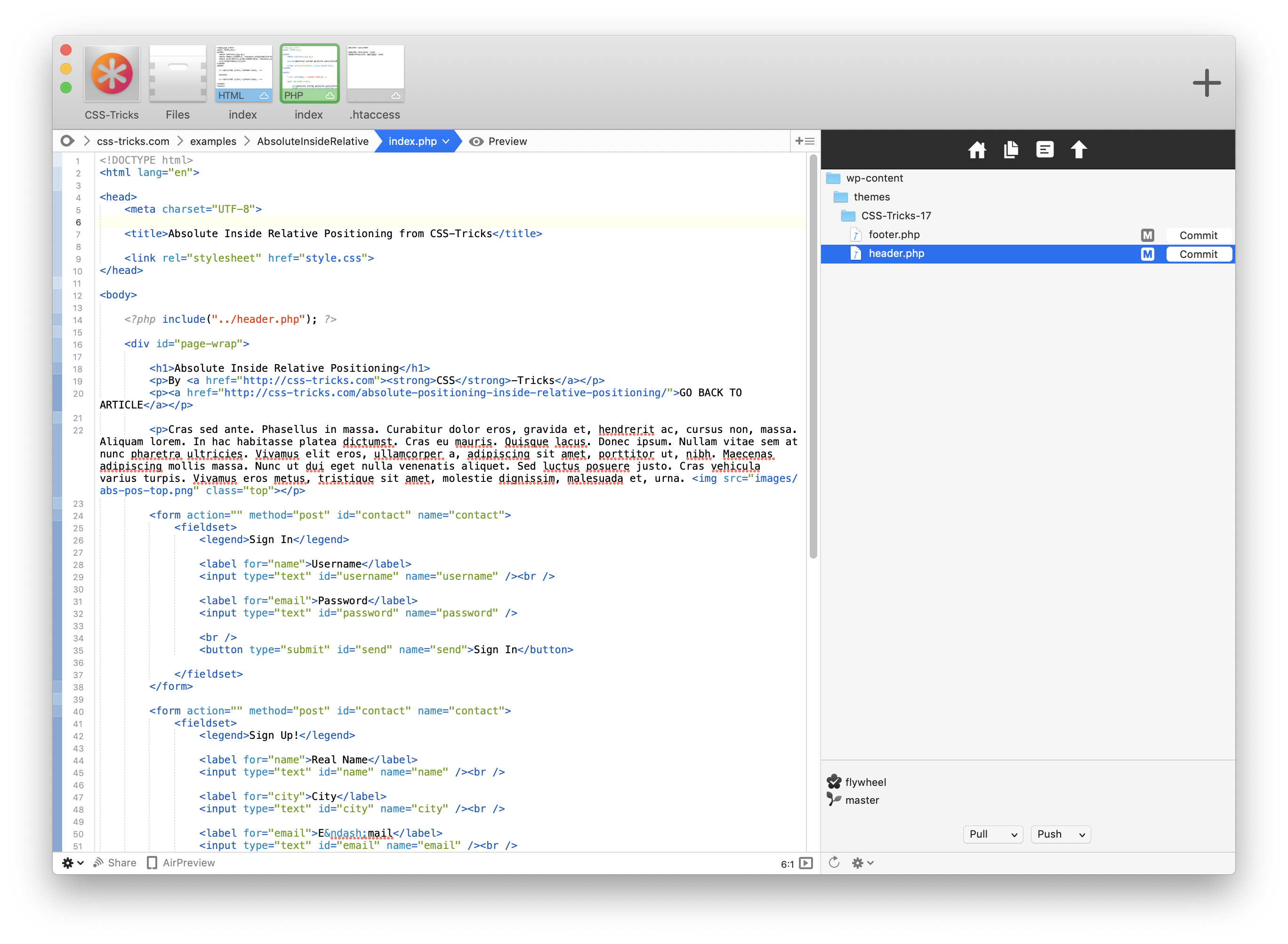The ecommerce industry is booming. It seems like everyone is coming up with different ways to get into this space.
But when we think of ecommerce our minds typically don’t jump to food. Most entrepreneurs seem to focus their efforts on inventing or modifying a new product that can solve problems
With that said, there is lots of money to be made in the online food industry.
As of 2018, the online grocery shopping in the United States is a $17.5 billion industry. But there are plenty of other ways to sell food online as well.
For example, maybe you have a restaurant and want to expand the way your customers order takeout. The global online food delivery market is growing at a 14.8% year-over-year rate.
That’s not all. Take a look at this graph from eMarketer on the projections for total online food and beverage ecommerce sales in the coming years.
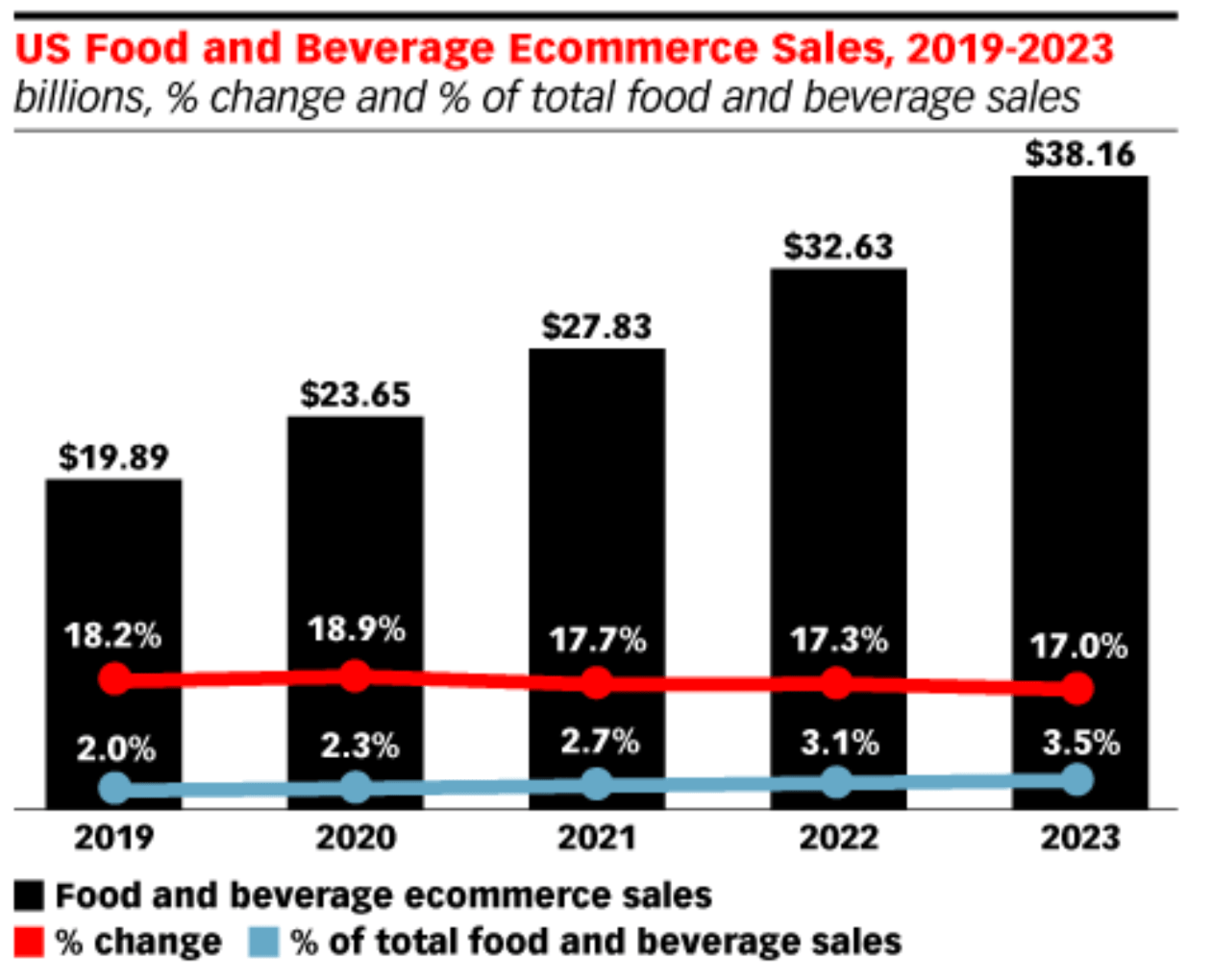
Online sales in the US alone are expected to double over the next four years. So it’s safe to say that there is plenty of money to be made in this space.
Here’s the reality of the situation. Everything in our lives has gone digital. We’re ordering everything else online, so it’s only natural that online food sales is the way of the future as well.
But when you search the web for how to create an ecommerce site, the resources for selling food online are pretty scarce. That’s what inspired me to create this guide. I’ll tell you everything you need to know about building an online platform for selling food.
Understand the law
Before you do anything, you need to make sure that you’re familiar with all of the legal regulations for selling food online. This will vary depending on your location, as well as the type of food you’re selling.
For example, if you’re selling in the United States, you’re going to have to follow different guidelines than if you were selling in Europe.
Here’s something else to take into consideration. Are you planning to prepare and sell food out of your home? Or are you selling out of an industrial kitchen?
Let’s say you were making homemade cupcakes in your kitchen at home. The rules that apply to you will be different than someone who is jarring sauce in the kitchen of their restaurant.
In the United States, you’ll need to follow the Cottage Food Laws, which vary slightly from state to state. Regardless of your location, here are some guidelines that are pretty standard across the board:
- Annual inspection from the department of health.
- Zoning permits from the department of health and/or the department of agriculture.
- Valid business license in your operating state.
- Ability to properly store food (cold, dry, etc.).
- No pets in the home or kitchen.
These are just the minimum requirements, and it barely scratches the surface. So be sure to fully review your local requirements before you start selling any food online. Otherwise, you’ll risk violations that can shut your operation down.
Find a supplier
No matter what you’re planning to sell, you need to source a reputable supplier. Whether you’re planning to sell pre-made products or if you’re cooking everything on your own, this still applies to you.
The most challenging part about finding the right supplier is establishing their legitimacy.
For example, let’s say you’re planning to prepare food in your home kitchen. Costco would be considered a reputable supplier for your ingredients. Picking apples, tomatoes, or peppers from your neighbor’s garden is not reliable, reputable, or trustworthy.
If you’d rather use an online supplier, you can try using a resource like Food Master.
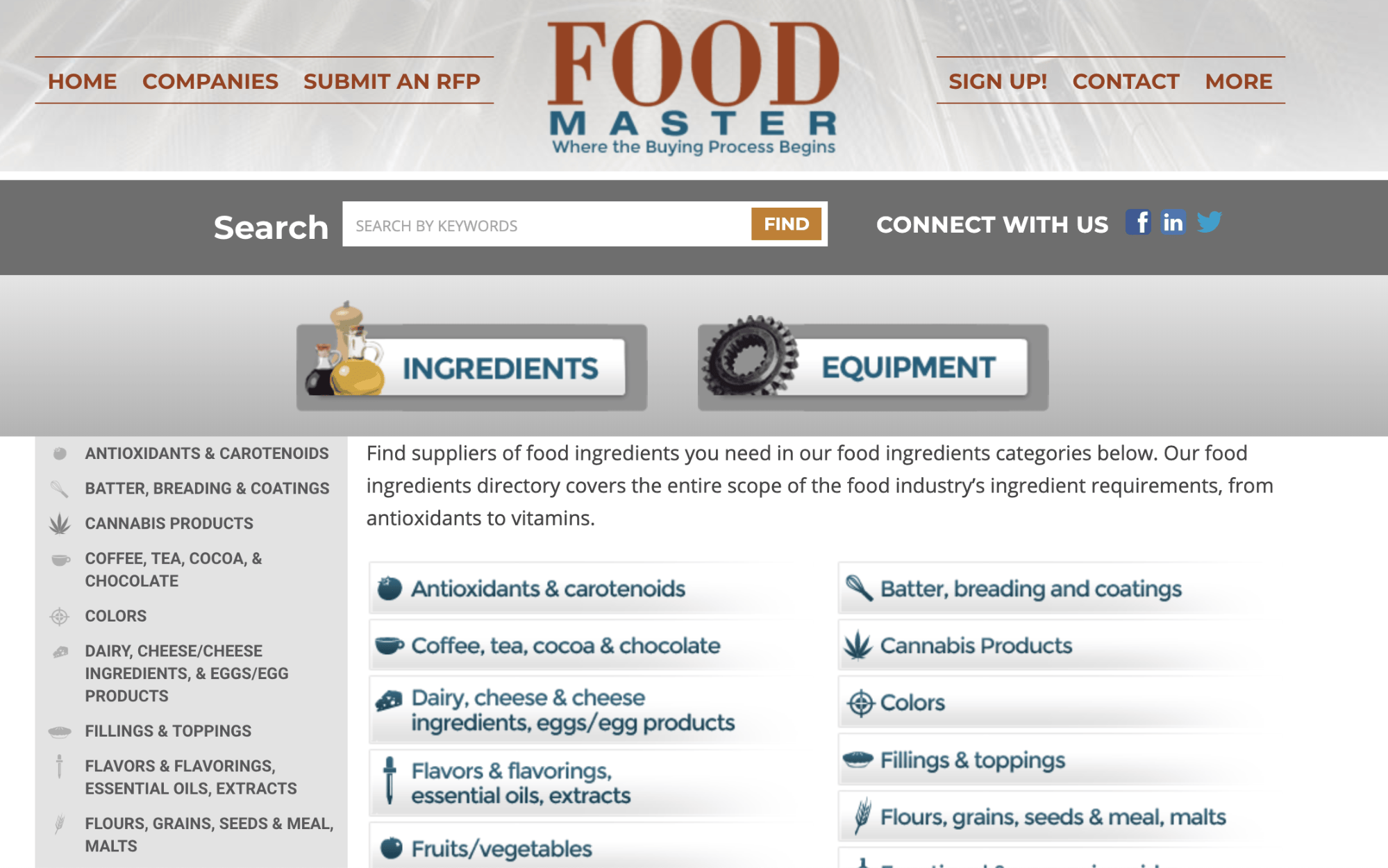
This is a massive online directory of ingredients. You can browse what you’re looking for by category, or search for specific keywords.
If you’re on the fence about a supplier’s reputation, it’s perfectly reasonable to ask them for their credentials. After all, the products you buy from your supplier will ultimately be consumed by your customers. So whatever you buy from them will directly impact your business.
Just because your supplier claims that it’s selling organic produce, it may not necessarily be true. Follow the supply chain to fact check everything.
Know your niche
Everybody eats. But that doesn’t mean that everyone is a potential customer.
This is a mistake that I see new entrepreneurs in the online food industry make all of the time. They assume that everyone will enjoy what they’re selling, and they don’t go after a specific niche.
You’ll have much more success if you can clearly define your target audience before you proceed. Then you’ll be able to make necessary adjustments to meet their needs.
For example, take a look at the meal plan options offered by Green Chef.
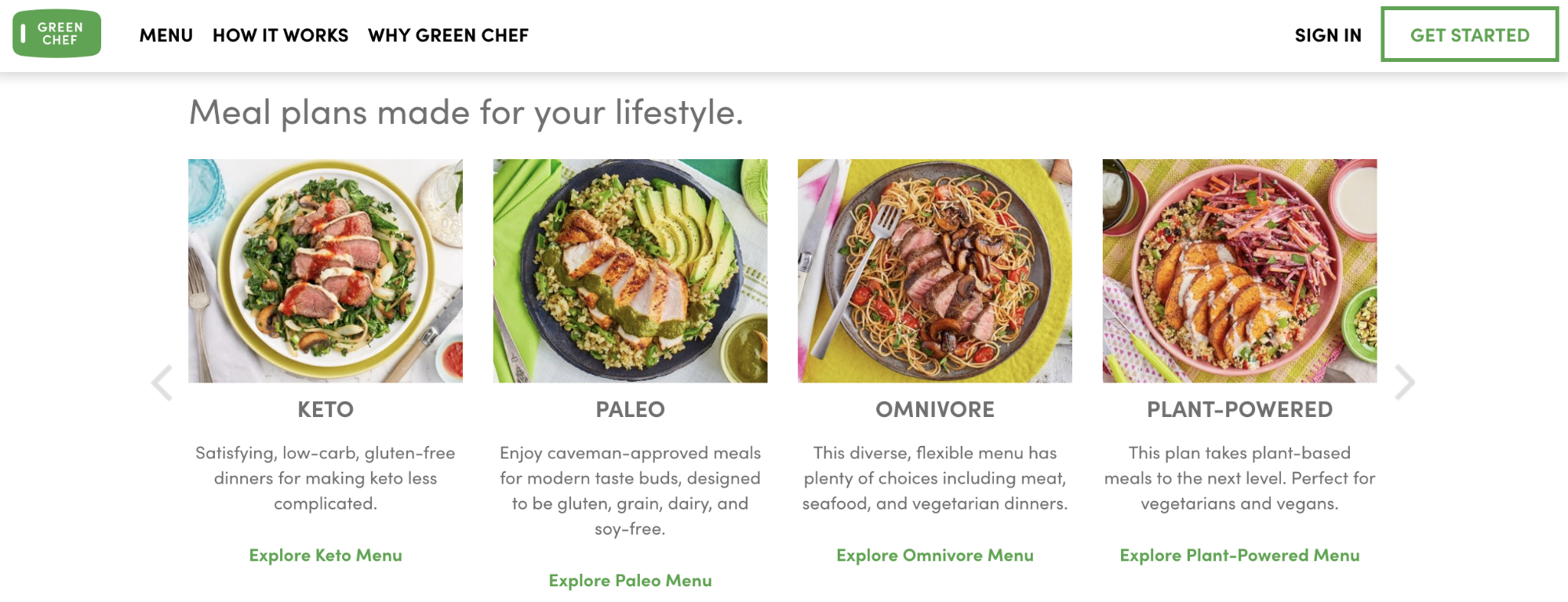
This company is targeting people with special diet needs, such as keto, paleo, or plant-based diets.
Are you going to target working professionals who don’t have time to cook? Or are you targeting families who need healthy options for their children?
Does your site want to focus on college students living in dorms? Or elderly residents who are living on their own?
As you can gather from just these handful of potential examples, the food you’re selling and the way you market yourself would be drastically different in all of these scenarios.
So rather than trying to compete in an over-saturated industry, pick a niche and run with it.
Focus on branding
Once your niche has been established, it will be much easier for you to go through the branding process. Your brand will be a combination of what you’re offering as well as who you’re offering it to.
People can buy food anywhere. Your brand needs to explain why they should buy it from you.
Think of a company like McDonald’s. When you hear the name or see their golden arches, you automatically have an association with what they’re offering. They are the epitome of a fast food burger chain. You know exactly what you’re getting and how you’re going to get it.
That’s because they’ve done an excellent job branding themselves. In the online food industry, these are the components you need to prioritize to establish proper branding.
Brand name
Your name should go far and beyond what you’re selling. This is another common mistake that I see new food entrepreneurs make all of the time.
For example, let’s say you currently sell cupcakes out of your home kitchen. You might be tempted to name your company something like Cassie’s Cupcakes.
But this name puts you in a box. What happens when you want to start selling brownies, cookies, and other baked goods? Don’t let your brand name restrict the future expansion of your company.
Use a domain registrar like Namecheap to see if the domain name for your brand is available.
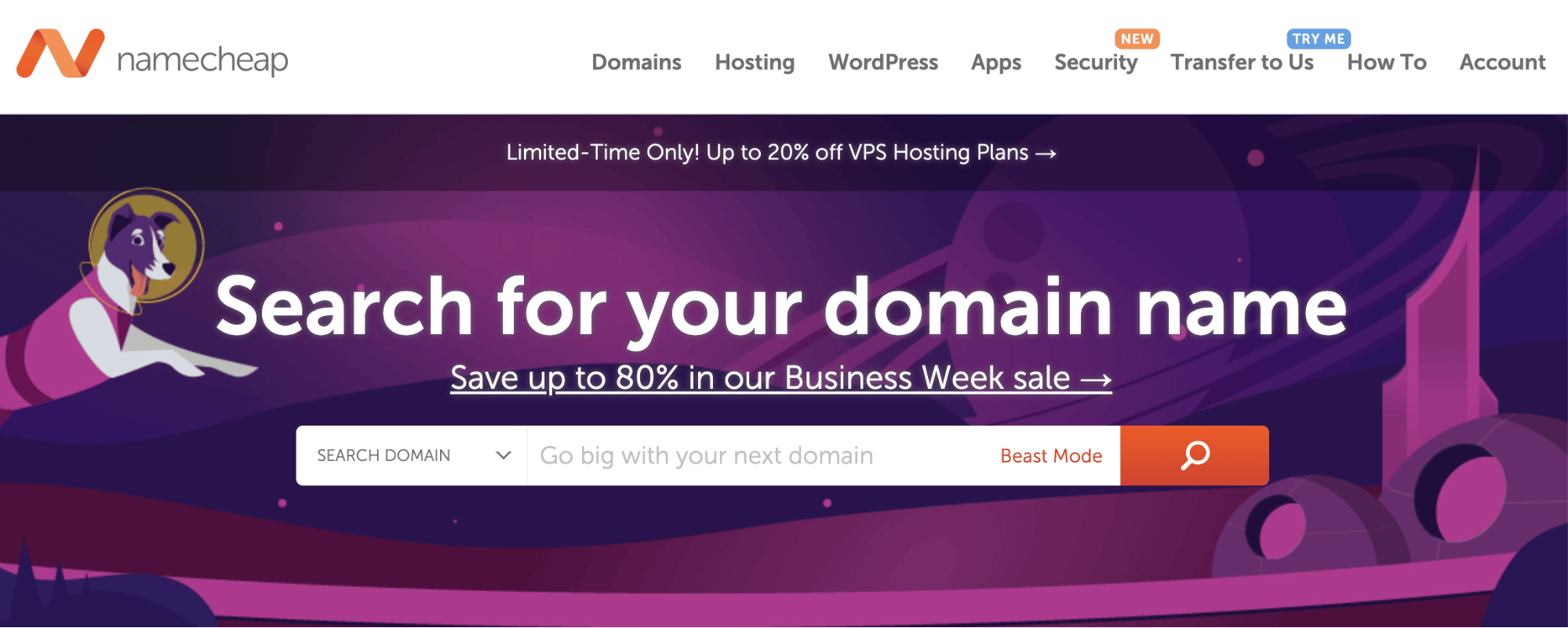
If your name isn’t available, and can’t be purchased for a reasonable price, it’s definitely in your best interest to think of another name. I’d also recommend reviewing my guide on how to choose a brandable domain name for help with this process.
Colors
Your brand’s colors will be synonymous with your branding strategy.
Don’t think colors are that important? Think again. Let me give you an example to show you what I’m talking about.
Starbucks.
Without even showing you a picture of this company, their website, or their products, I can almost guarantee that a color popped into your head when you saw the name. That’s because the brand has done a great job with their branding strategy.
I’ll give you another example from the online food space. Let’s take a look at the Blue Apron website.
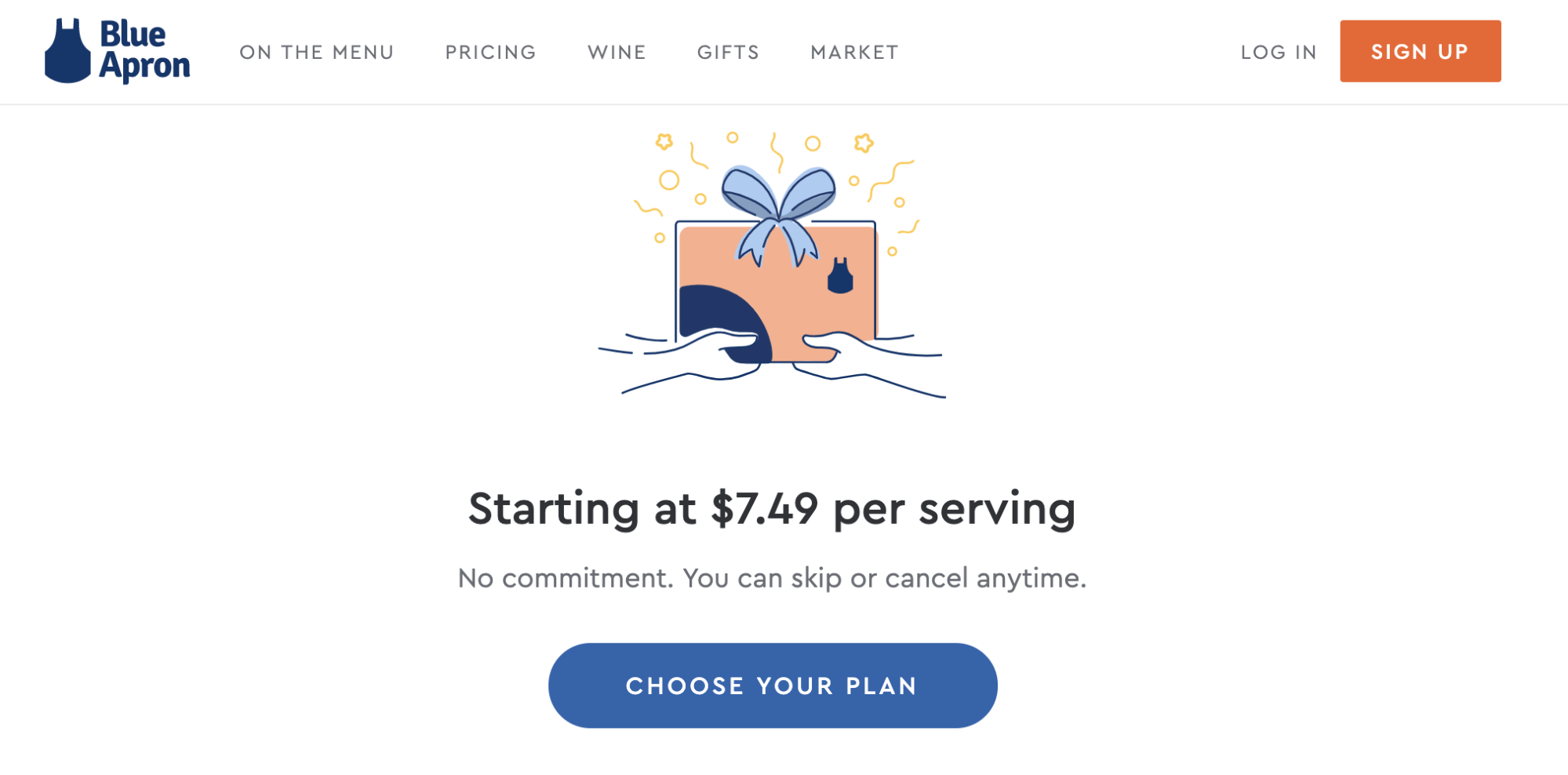
This is a fairly obvious example since there’s a color in the brand name. But as expected, the business has a blue logo and the website has a blue theme. If this company had a red or an orange color scheme, then it wouldn’t make sense.
Make sure your colors appeal to your niche. It’s also important to know how certain colors are perceived.
For example, let’s say you’re planning to sell fruits and vegetables online. Having a black or brown color scheme isn’t very appealing. It doesn’t give the perception of products that are fresh. In this case, you’d be better of going with some lighter and brighter tones.
Packaging and labeling
Like any product, the packing of the food that you’re selling online needs to be carefully thought out. In addition to having your brand name, logo, and colors integrated on the package, there are other things to take into consideration as well.
Food needs to be packaged in a way that keeps it preserved. If perishable items need to be kept cold, the packaging should reflect that.
There are also certain regulations that need to be followed for shipping foods that are perishable or fragile.
Furthermore, there are other requirements for labeling food. Your labels need to include:
- Complete list of ingredients.
- Net quantity.
- Weight of all combined ingredients.
- Name and location of the company.
- Names and locations of suppliers.
- Expiration or “best by” dates.
Some of the packaging and labeling aspects of selling food online will fall within the legal scope of your operation, which we discussed earlier.
But it’s important to find a balance between a packaging that’s appealing to your customers while meeting all of those legal requirements.
Figure out your pricing strategy
Now it’s time to figure out how your online food store is going to make money.
You can’t just pull a price out of thin air. It’s important to factor in all of your operational and business costs to ensure that your products are priced in a way that is profitable for you. Your pre-defined niche will also factor into your pricing strategy.
For example, a business professional living and working in New York City will likely be willing to spend more on a single serving than a family of five living in the midwest.
You’ve got to come up with a pricing formula that drives ecommerce conversions. Take a look at Freshly’s pricing as a reference.
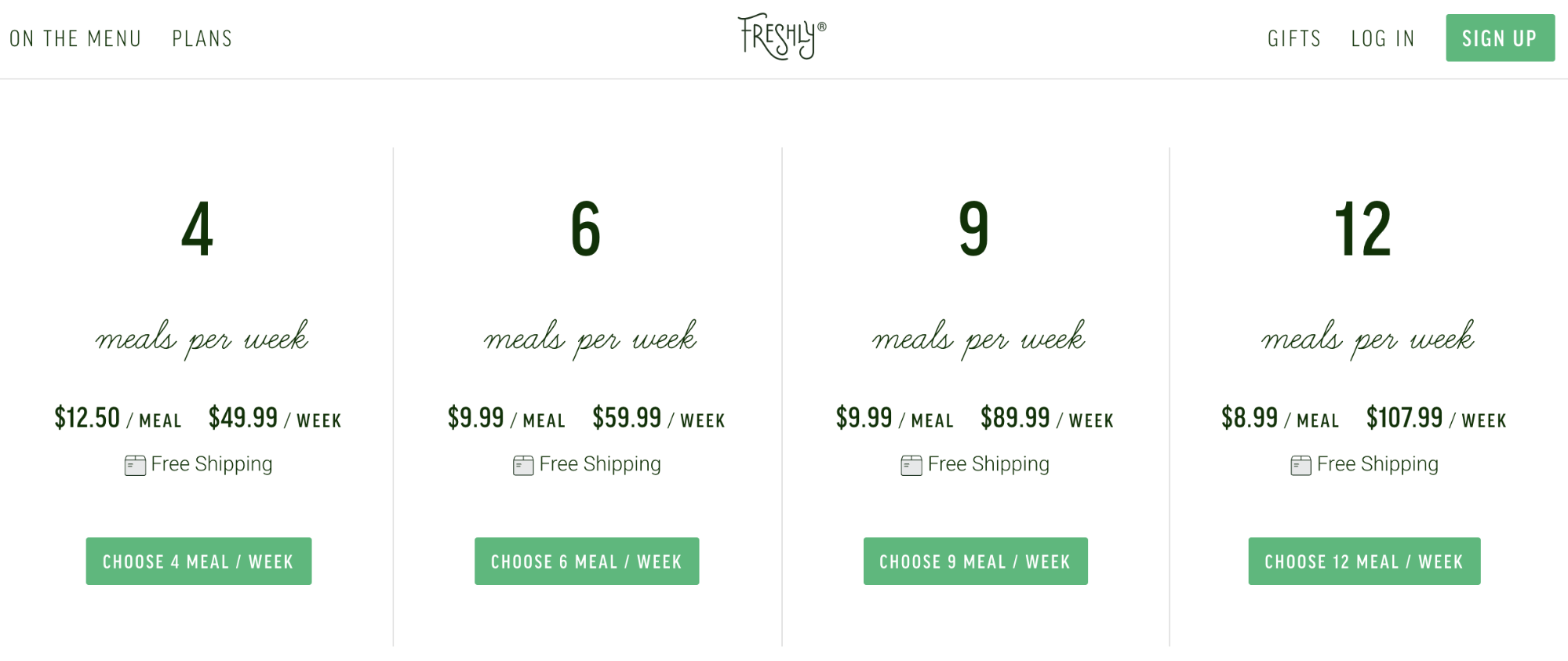
They’re using an age-old strategy, that’s not limited to the online food industry. As quantity increases, price decreases.
The cost per meal drops nearly 30% if a customer orders 12 meals per week as opposed to just 4. Sure, they’re making less per meal, but they’re getting more than double the weekly revenue from one subscription over the other.
If the cost per meal didn’t change based on quantity, then it doesn’t give your customers an incentive to spend more money.
Here’s something else to consider with the Freshly pricing strategy. All of the plans offer free shipping.
This is all related to perceived value. If you charge extra for things like shipping, it lowers the overall value of what you’re selling.
Review my guide on how to generate more profits by focusing on your pricing strategy. All of these concepts can be applied to businesses that sell food online.
Create an online store
There are two ways to sell food online. Each one is very different.
First, you can sell through online marketplaces, like Etsy or Amazon. Alternatively, you can sell through your own ecommerce platform.
If you’re going to use a marketplace, you need to meet additional regulations. These are put in place by the marketplace to protect themselves, as well as their customers. You’ll also need to get your company approved to sell through a marketplace by following specific standards.
You won’t have to take responsibility for managing a website and you’ll be able to reach an existing global audience if you decide to go through a marketplace. However, you lose some control and credibility with this method.
Personally, I’d recommend building your own ecommerce website to sell food online.
It might take a bit more effort on your end to get everything set up and running, but it gives you complete control.
In order to create your own online food store, you’ll need to choose a platform. Shopify is a great option for this.

They’ll provide you with an easy to use interface, all the tools you need to track your orders, and professional templates that are specifically designed for selling food online.
If you’re not sold on Shopify, I’d recommend Wix and BicCommerce as alternative options.
Conclusion
There is a huge demand for online food. As ecommerce continues to grow and evolve, people are buying online more than ever before.
The online food industry is growing at a rapid rate. This is the perfect opportunity for you to take advantage of this situation.
But before you can start selling online, there are some preliminary steps that you need to take.
- Educate yourself on the legal side of online food sales.
- Source a reputable supplier.
- Identify your target market.
- Create a brand.
- Learn how to properly package and label your products.
Once all of that has been taken care of, you’ll be ready to build an online store. After that’s set up, you’ll be able to sell food online with ease.




